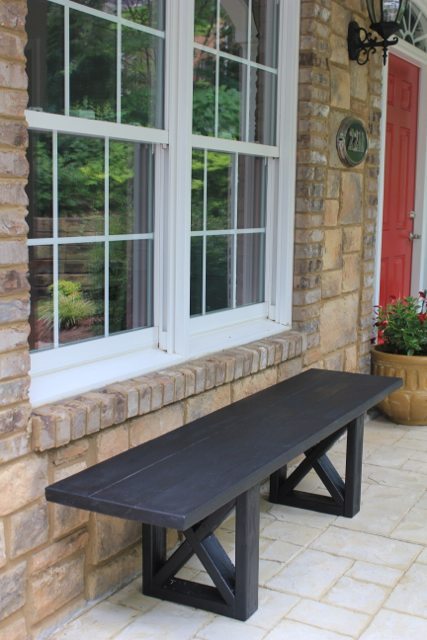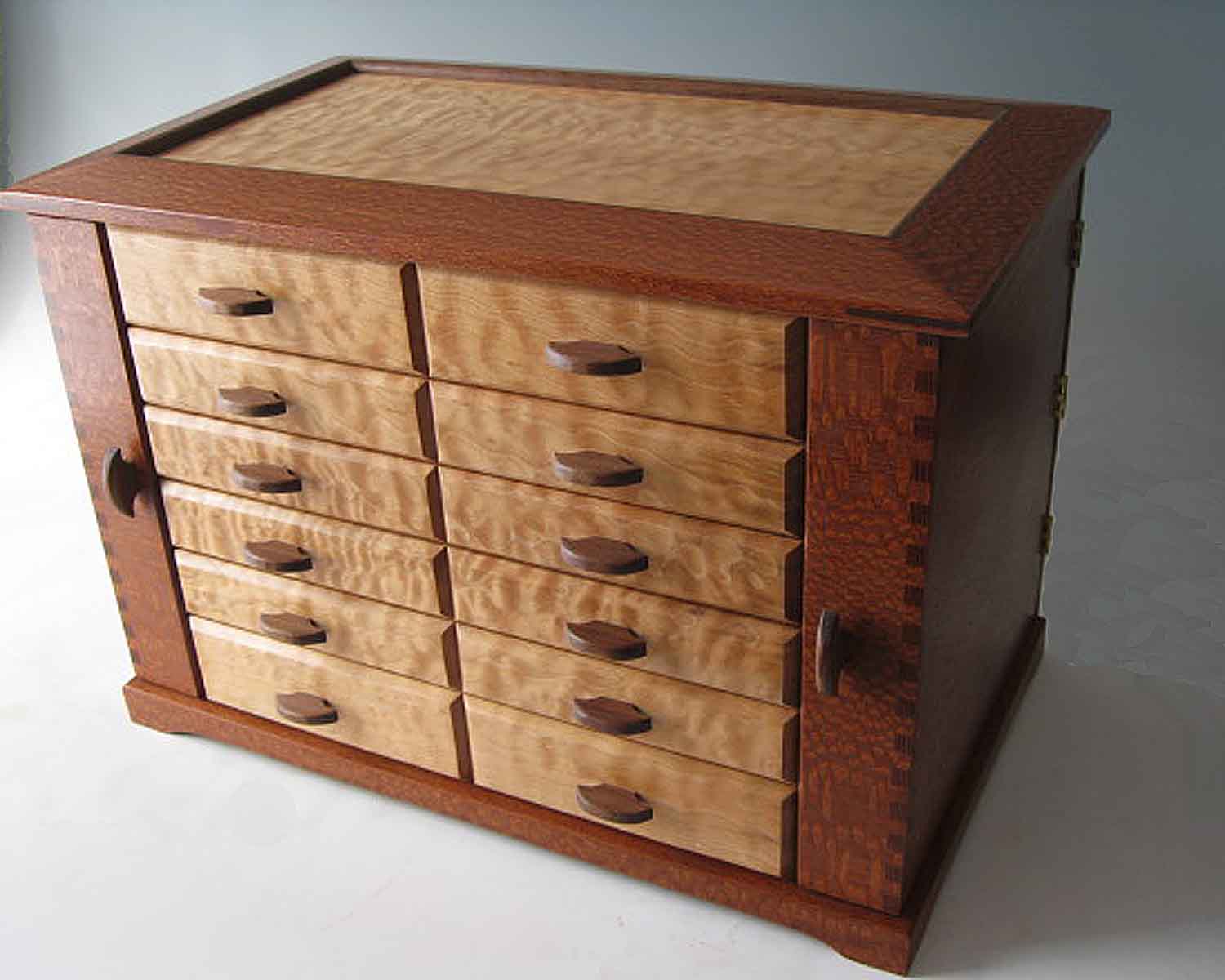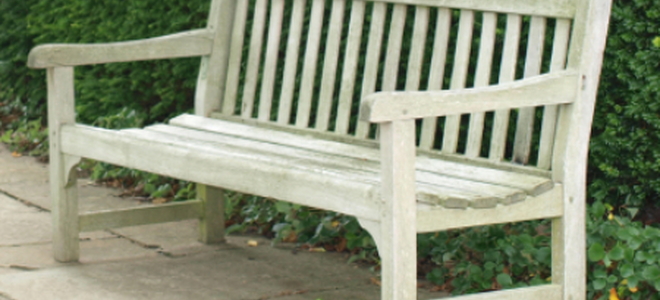Elevated Elegance: Woodworking Designs for Exquisite Outdoor Decks
The outdoor deck, a cherished extension of the home, offers a space for relaxation, entertainment, and connection with nature. The careful selection and skillful execution of woodworking techniques can elevate a simple deck into a stunning architectural feature, reflecting the homeowner's personal style and enhancing the overall aesthetic appeal of the property. This article explores various woodworking designs and considerations for crafting beautiful and durable outdoor decks.
Choosing the Right Wood for Longevity and Aesthetics
The foundation of any successful deck project lies in the selection of appropriate lumber. The choice of wood species significantly impacts the deck's durability, aesthetic qualities, and maintenance requirements. Hardwoods, known for their density and resistance to rot and insects, are preferred for their longevity. However, they typically command a higher price point. Softwoods, such as pressure-treated pine or cedar, offer a more budget-friendly alternative, although they may require more frequent maintenance.
Analyzing Hardwood Options
Among hardwoods, Ipe, mahogany, and teak are highly regarded for their exceptional durability and natural beauty. Ipe, a South American hardwood, boasts exceptional resistance to decay and insects, making it an ideal choice for demanding climates. Mahogany, known for its rich reddish-brown hue and elegant grain pattern, adds a touch of luxury. Teak, with its inherent oil content, possesses natural resistance to weathering and decay, requiring minimal maintenance. However, the sustainability of sourcing these hardwoods should be carefully considered.
Exploring Softwood Alternatives
Pressure-treated pine and cedar are popular softwood options, offering a good balance of affordability and durability. Pressure treatment imbues the wood with preservatives that protect against rot, decay, and insect infestation. Cedar, naturally resistant to decay and insects, possesses a pleasant aroma and a beautiful reddish hue. Both options require periodic maintenance, such as staining or sealing, to maintain their aesthetic appeal and prolong their lifespan.
Designing for Functionality and Style
The design of the deck should seamlessly integrate with the existing architecture of the home while accommodating the homeowner's lifestyle and preferences. Careful consideration of factors such as size, shape, layout, and features is crucial. The integration of decorative elements, such as balusters, railings, and skirting, further enhances the aesthetic appeal.
Layout and Spatial Considerations
The layout should optimize space utilization, ensuring ample room for seating, dining, and movement. Consider incorporating distinct zones for different activities, such as a dining area, a lounging area, and a grilling station. The shape of the deck can complement the architecture of the house. Rectangular decks offer a classic and versatile design, while curved or L-shaped decks can create a more dynamic and visually interesting space.
Incorporating Decorative Elements
The careful selection and arrangement of decorative elements can significantly elevate the aesthetic appeal of the deck. Balusters, the vertical elements of the railing, can be crafted from a variety of materials and designs, from simple turned spindles to more elaborate carvings. Railings should not only enhance safety but also complement the overall design, adding a touch of sophistication. Skirting, the decorative trim around the perimeter of the deck, can create a clean and finished look. The integration of built-in seating or planters adds functional and decorative elements to the outdoor space.
Advanced Woodworking Techniques for Exquisite Detail
Beyond basic construction techniques, incorporating advanced woodworking skills can elevate the deck's design to a new level of sophistication. These techniques not only enhance the aesthetic appeal but also contribute to the deck's longevity and structural integrity.
Mitered Joints and Complex Cuts
The use of precisely cut mitered joints in railings, skirting, and other decorative elements creates a clean and professional finish. Mastering the art of mitering requires precision and accuracy, ensuring a tight fit and a visually appealing result. Complex cuts, such as curves and arches, require specialized tools and expertise, adding a unique character to the design.
Inlay and Carving Techniques
Inlay work, the art of embedding contrasting pieces of wood into the surface of the deck, adds visual interest and texture. Careful selection of contrasting wood species can create stunning patterns and designs. Carving techniques, such as chip carving or relief carving, allow for the creation of intricate patterns and motifs, transforming the deck into a work of art. However, these techniques demand advanced woodworking skills and specialized tools.
Finishing Touches: Staining and Sealing
The final stage of the project involves the application of a high-quality stain or sealant. This protects the wood from the elements, prolonging its lifespan and enhancing its aesthetic appeal. The choice of stain or sealant should be carefully considered based on the type of wood and the desired aesthetic effect. Applying multiple coats ensures thorough protection and a rich, even finish. Regular maintenance, including cleaning and re-application of the finish, is necessary to maintain the deck's beauty and durability.
Safety and Structural Integrity
While aesthetics are important, the safety and structural integrity of the deck should never be compromised. Proper engineering principles must be followed, ensuring that the deck is built to withstand the expected loads and environmental conditions. The use of high-quality fasteners, appropriate spacing, and correct anchoring techniques are crucial for a safe and durable structure. Adhering to local building codes and obtaining necessary permits are essential steps in ensuring a compliant and safe deck installation.
In conclusion, crafting a beautiful outdoor deck involves a harmonious blend of artistic vision, skillful woodworking techniques, and meticulous attention to detail. By carefully considering the wood selection, design layout, decorative elements, and advanced woodworking techniques, homeowners can create a stunning and functional outdoor space that enhances their property's value and provides years of enjoyment.





















